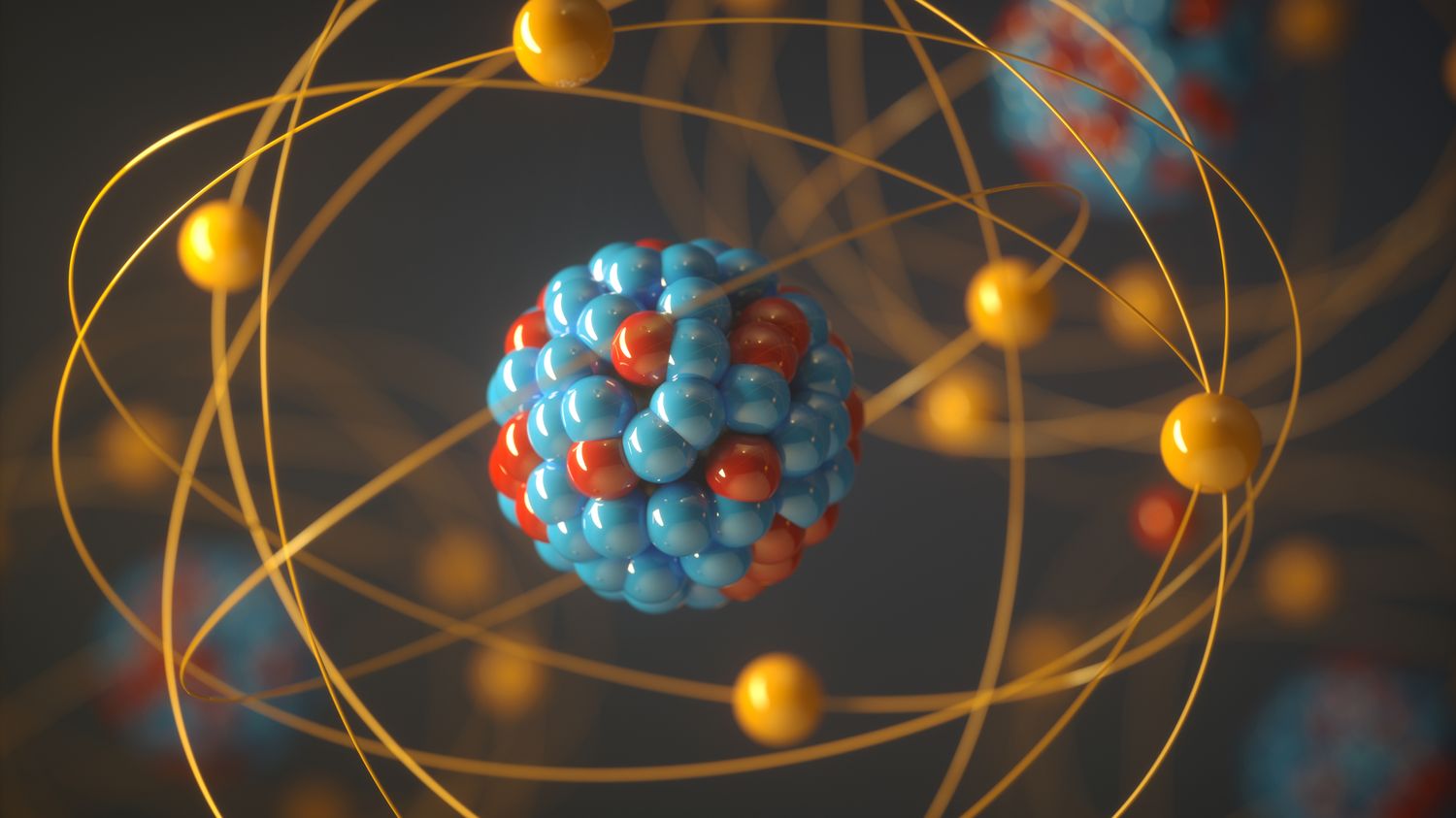This has long been a big deal for theorists. What if the mystery of the size of the proton was the means by which all of particle physics could be turned upside down? The case is now closed: the size of the proton is normal. Physicists are both very satisfied and very disappointed.
Hervé Poirier, editor-in-chief of the scientific magazine Epsiloon explains to us today that physicists have finally succeeded in measuring the size of the proton. And that they are both “very satisfied, and very disappointed”.
franceinfo: What happened regarding the measurement of the size of the proton?
Hervé Poirier: That’s it, now, for sure: the radius of the proton is 0.84 millionths of a billionth of a meter. Be careful, the proton is not just any particle: this small ball of matter with a positive charge structures atoms. Hydrogen has 1, helium 2, carbon 6 and uranium 92.
For a long time, to measure its size, physicists bombarded clouds of hydrogen atoms with light: the movement of the electrons gave them an indirect measurement: 0.88 millionth of a billionth of a meter.
Except that in 2010, another experimental method, supposed to be more precise (the hydrogen electron is replaced by a heavier cousin) gave another number: 0.84. And it is this last value that a team of theorists from the University of Mainz, in Germany, have just confirmed, through calculation.
Because until now we had not succeeded in calculating this radius?
Very difficult. In fact, the proton is not an elementary particle: it is made up of three quarks, attached together by a force called the strong interaction, which is carried by gluons, all bathed in a sea of particles, which form and s annihilate constantly.
Physicists are well aware of the individual characteristics of these elementary particles. And since the 1970s there has been a magnificent theory to describe their interactions: “quantum chromodynamics”. But the calculations are very difficult to carry out. Thanks to new methods and a supercomputer, the theorists from Mainz managed to get away with it. And the theoretical value of the proton radius finally corresponds to that measured in 2010: 0.84.
And why are physicists disappointed?
Because everyone knows: the standard model of particle physics, developed during the second half of the 20th century, is incomplete, or faulty. And they hoped that the proton enigma, the gap between the two measurements, would guide them toward new physics.
For example, towards the existence of an interaction, hitherto unknown, which would distort the experiments. But no, there is no more enigma. This is real progress: the mass of the proton is a standard for probing the cosmos or interpreting experiments carried out in accelerators. But yes, it’s also a real disappointment.
